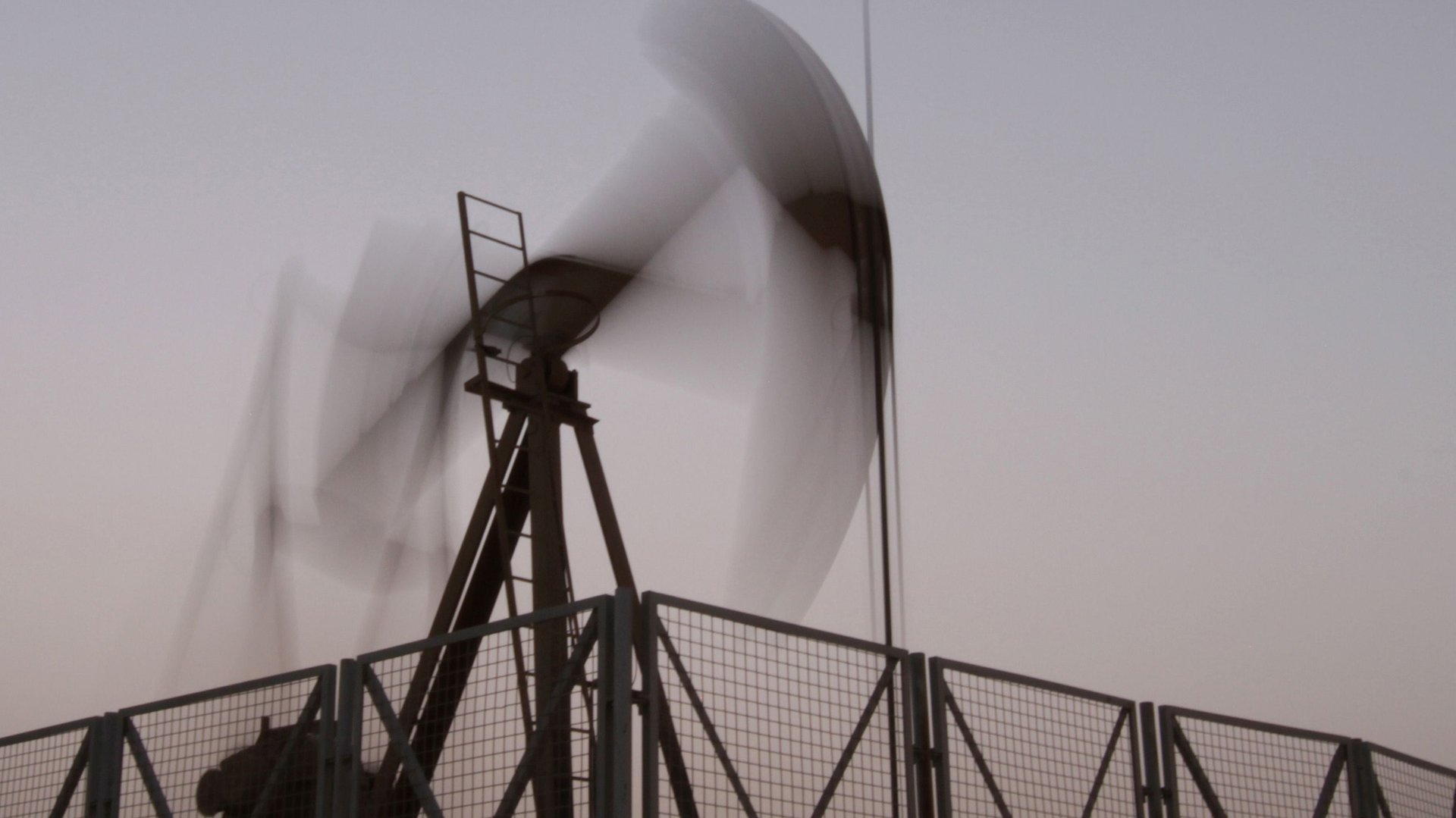New drilling technologies could give us so much oil, the climate won’t stand a chance
New oil drilling technologies could increase the world’s petroleum supplies six-fold in the coming years to 10.2 trillion barrels, says a report released today by market research firm Lux Research.


New oil drilling technologies could increase the world’s petroleum supplies six-fold in the coming years to 10.2 trillion barrels, says a report released today by market research firm Lux Research.
The most common and controversial technique is hydraulic fracturing, or fracking, in which chemical-laced water is injected to break up subterranean rock formations to extract oil and natural gas. But the Lux report details a host of exotic so-called Enhanced Oil Recovery (EOR) technologies—from solar-powered steam injection to microorganisms—that could be used to extend the life of old oil fields and gain access to so-called unconventional petroleum reserves like oil sands.
“In light of current oil prices, the peak oil hysteria and projection of $300 [a barrel] prices of a few years ago seem overblown – if not outright silly,” the report states. “But in a sense, they were accurate forecasts of what would have happened if EOR technologies had not come online and made unconventional oil reserves – which vastly exceed conventional ones – accessible.”
But don’t ditch your electric car just yet. The development of such technologies is predicated on high oil prices – at least $100 a barrel – to offset the costs and induce a conservative industry to invest in and deploy new methods. And many of the technologies are still young.
Morever, as we’ve seen with fracking, political opposition to technologies that could pollute the environment and use lots of water could derail their use. And as climate change accelerates, opposition to carbon-intensive extraction of fossil fuels and their expanded use is sure to grow.
Still, here are some of the technologies startups and multinationals alike are pursuing:
Thermal intervention injects steam into wells to extract heavy oils or oil sands. The problem is, it takes a lot of energy to generate that steam, so some oil companies are turning to solar energy instead of natural gas or other fossil fuels. Chevron, for instance, has deployed solar fields built by BrightSource Energy and GlassPoint Solar at old oil fields in California to help recover heavy petroleum.
Chemical EOR injects polymers and alkaline compounds into oil fields to help loosen oil from rock formations and push it into production wells. The China National Petroleum Corporation is the leader in this method, which it is betting will be 20% more efficient than just flooding wells with water to bring oil to the surface. But in the US, expect opposition to introducing large volumes of chemical underground anywhere near water supplies. Some other drawbacks: Chemical EOR doesn’t work well in oil reservoirs where temperatures are high and there’s a lot of salt and sulfur.
Microbial EOR uses environmentally benign microorganisms to break down heavier oils and produce methane, which can be pumped into wells to push out lighter oil. The technology dates from the 1950s but only recently has it been put to limited use. An experiment with microbial EOR in Malaysia, for instance, increased oil production by 47% over five months. But oil and gas engineers are not biologists, the report notes, and may be reluctant to embrace the technology.